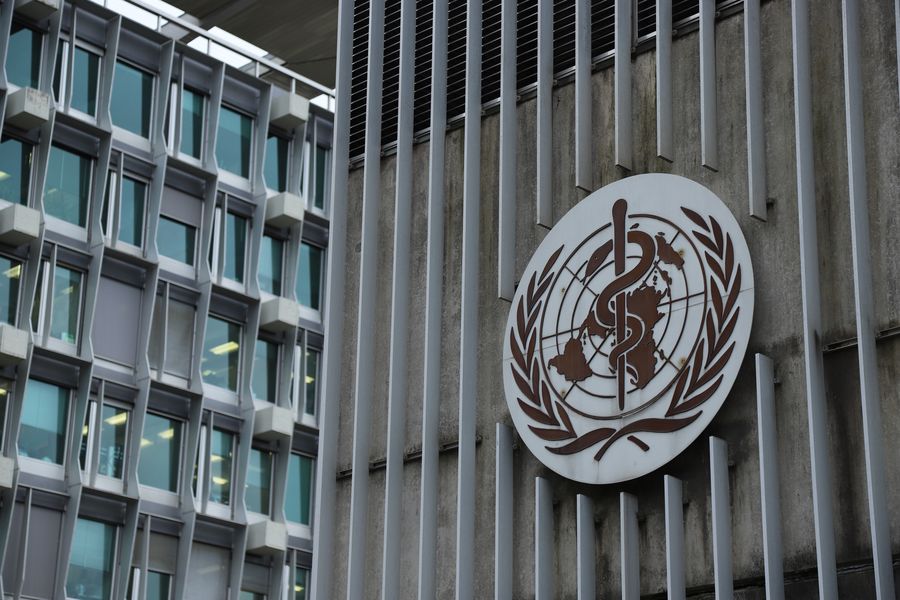According to NDTV, the COVID-19 variety that is spreading in many Asian countries is identified as JN 1. The World Health Organization (WHO) said that JN.1 is a concerned variety but has not yet been classified as a concerning variety despite its rapid spread rate.
According to the WHO's definition, a variety classified as " of interest" when carrying out a dot bien can affect its spread, disease severity, immune avoidance, or treatment effectiveness.
WHO also noted that the JN.1 variety is gradually dominating other strains in many regions and tends to spread with an increase in cases, posing a new potential risk to global public health.
People infected with JN.1 often have mild symptoms in the upper respiratory tract. Common symptoms include fever, runny nose, sore throat, headache, extreme fatigue, muscle weakness, exhaustion, and some mild digestive problems. In some cases, it can be accompanied by loss of appetite and prolonged nausea.

These symptoms are usually mild and improve after about 4-5 days.
In the face of rapidly increasing cases, authorities in many countries are closely monitoring. People are advised to wash their hands regularly, wear masks and follow epidemic prevention measures to ensure safety.
In Singapore, the Ministry of Health said the number of COVID-19 cases increased by 28% to 14,200 cases in the week ended May 3. The number of hospitalizations also increased by about 30%.
A similar situation occurred in Thailand, where the number of COVID-19 cases in the past week doubled, from 16,000 to 33,030 cases.
In China, the number of cases is also increasing. The country's Center for Disease Control and Prevention (CDC) said the positive rate in cases with influenza-like symptoms at clinics and emergency rooms has increased from 7.5% to 16.2% since March.











